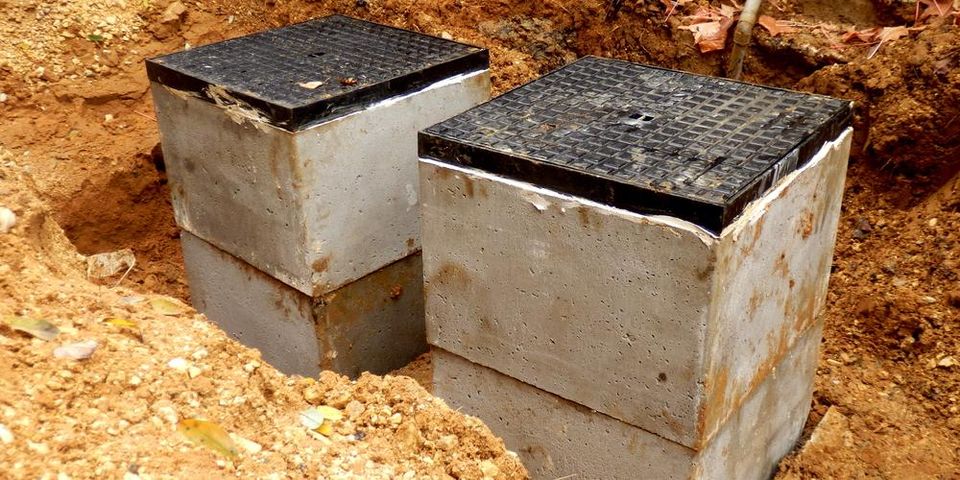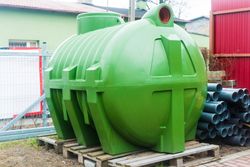
If your home isn’t connected to a municipal sewer line, you likely have a septic system to handle the wastewater that’s produced when you wash your dishes or flush the toilet. The typical system consists of a network of pipes, a tank, a drain field, and the soil outside your home. Understanding how it works is crucial to helping you maintain and care for the system properly.
How Your Septic System Works
The liquid wastewater, or effluent, produced by your household activities travels from the main drainage pipe into the septic tank. The tank holds the effluent long enough so the solids can settle at the bottom. The drain field collects the wastewater to remove contaminants and impurities, allowing it to filter through the soil.
 Bacteria has an important role in breaking down biological waste inside the tank. The whole septic system is designed to keep these microorganisms healthy and busy. As they digest the waste, a layer of sludge is produced and sinks to the bottom of the tank. Fats, grease, and oil, meanwhile, float to the top.
Bacteria has an important role in breaking down biological waste inside the tank. The whole septic system is designed to keep these microorganisms healthy and busy. As they digest the waste, a layer of sludge is produced and sinks to the bottom of the tank. Fats, grease, and oil, meanwhile, float to the top.
Caring for Your Septic System
Professional septic system services can extend the life of your tank and improve its performance. Your septic system should be inspected and pumped at least every three years to catch problems early on. Regular maintenance also decreases your financial risk by preventing septic system failure and the need for a costly replacement.
Let P & H Construction and Septic Service of Uncasville, CT, handle all your septic tank and sewer needs. Their friendly team offers a wide variety of services, from septic tank design and installation to repairs and maintenance. Call them today at (860) 848-8507 to request an estimate, or visit their website for more information.
About the Business
Have a question? Ask the experts!
Send your question

